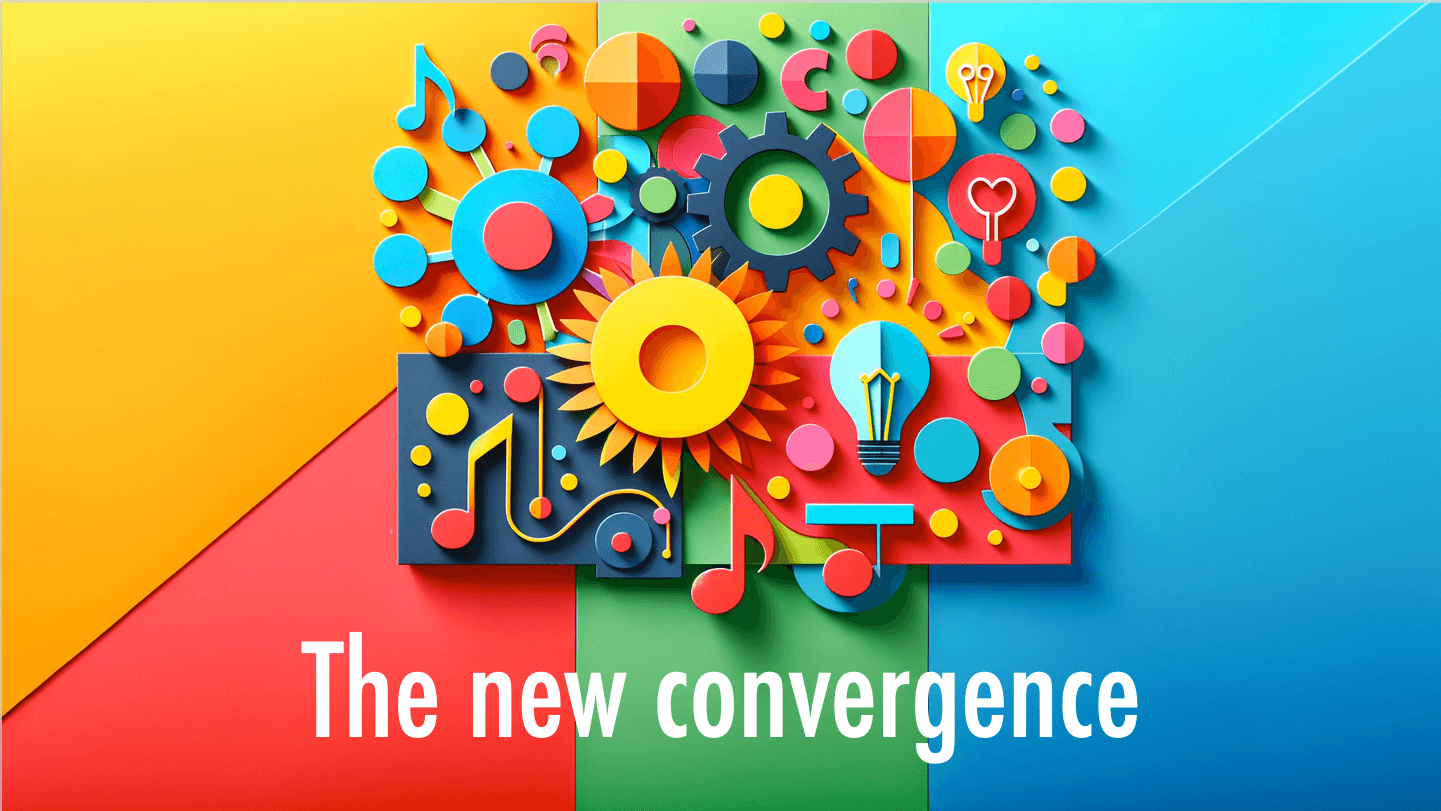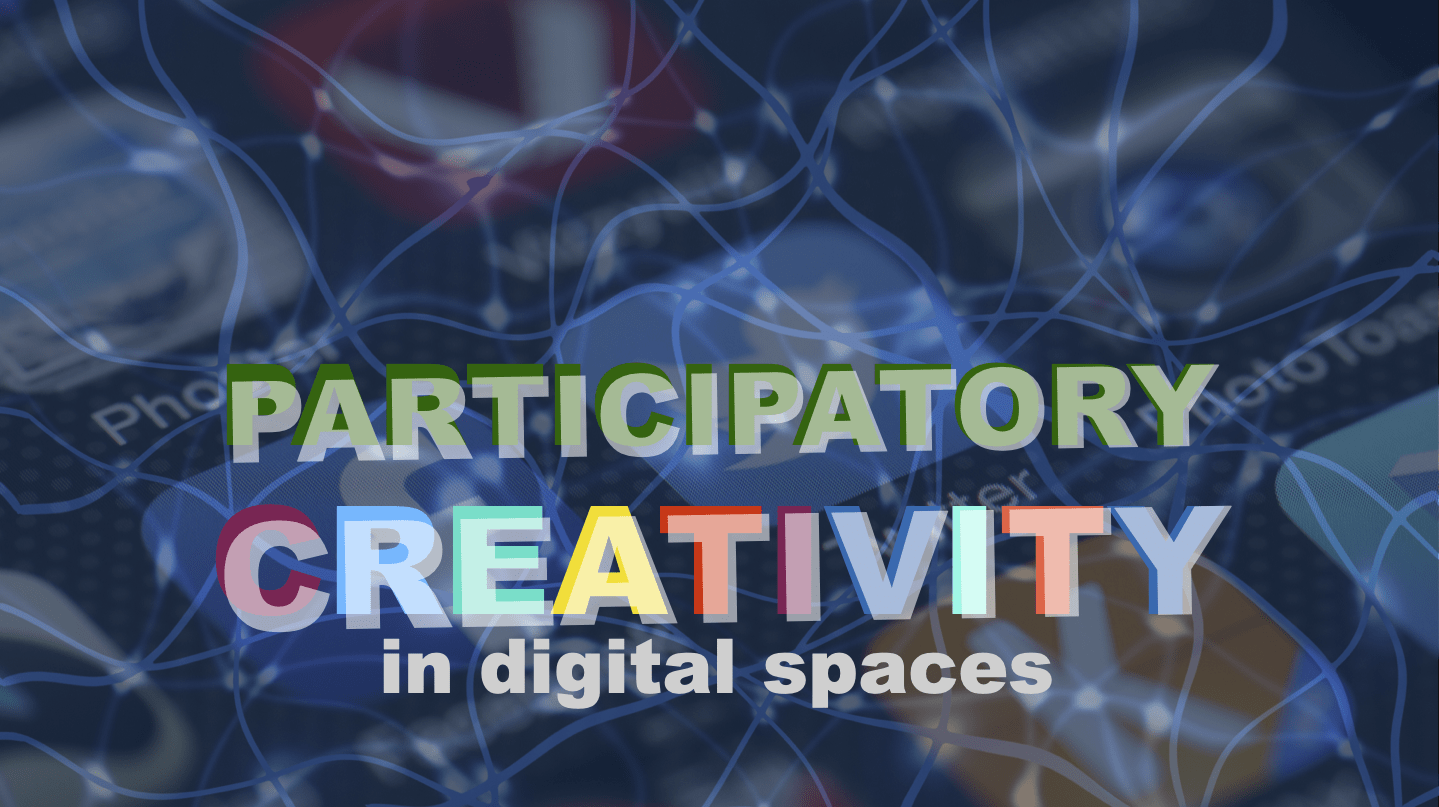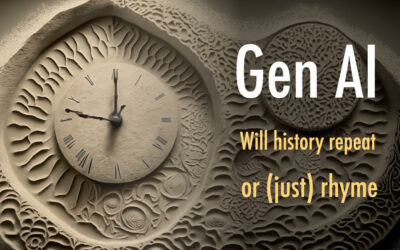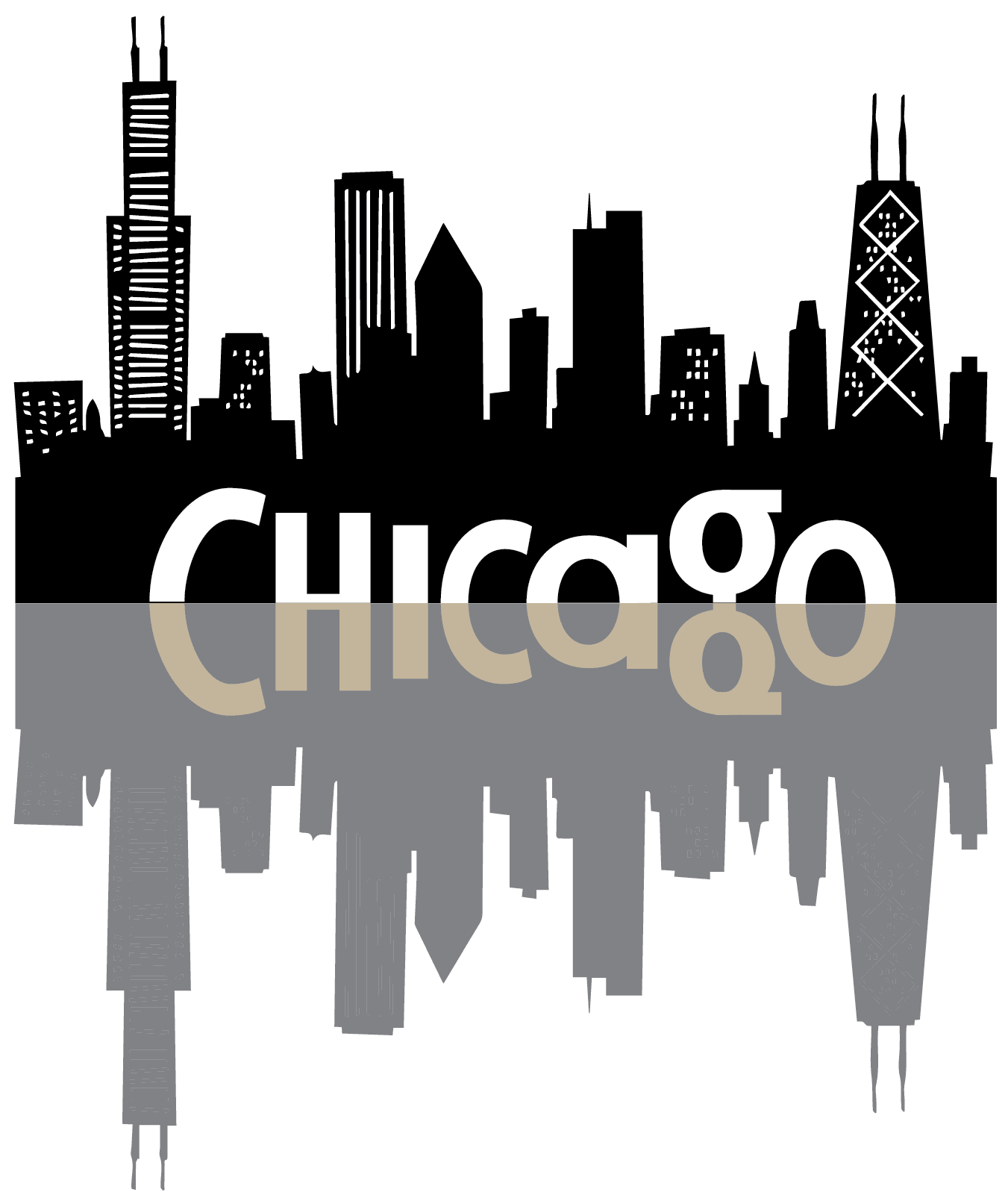I recently received an email from dean recommending this post titled Thoughts on Now and Then by Andrew Hickey. In this extended essay Hickey provides his thoughts on the new Beatles remake, Now and Then. The essay is a thoughtful and loving analysis of human creativity, both the technology behind it and the human passions that drive it. It is also a discussion of the meaning of intellectual property rights in an age of generative AI. It emphasizes just how our designed world (and by that do not mean just physical artifacts but all manner of human output, theories, religions, the idea of money, music and more) has always been remixed. And various technologies have been used to make that happen. Finally, the part about McCartney’s motivations is particularly poignant – and speaks to how deeper passions can now be articulated with and within technologies.
This also reminded me of a piece I had written back in 2005, around the idea of digital convergence. I was not thinking about AI back then, but I think the ideas still resonate. You can read the full piece here, but I am including some key excerpts below:
These new technologies allow us to imagine new worlds; to create new selves in this world. In some sense, this idea of digital convergence is the first step towards an unfolding journey that will spark other convergences, many of which we cannot even imagine at this moment.
One of the things that humans have done over the years, as new media have emerged, is play with their capabilities and constraints, and then used them to develop new ways of expressing themselves. These new expressions are ways of developing a deeper under-standing of who we are as individuals, as groups (such as organizations or nations) or who we are as a species. This is a different kind of convergence and is some- what difficult to explain. Maybe the only way to do is through an example.
The beginning of the twentieth century was a time of immense upheaval in our way of understanding our place in the world. In the arena of technology, those early years saw a range of inventions that forever changed the way we lived. These include the airplane, the radio receiver, neon signs, air conditioning, the vacuum diode, color photography, motion pictures, crossword puzzles, zippers, tommy guns, insulin and the precursor to what we now call television. And then there were the revolutions in science and art, from relativity theory to cubism, from quantum mechanics to surrealism. Within the space of a few years we moved from a worldview where time and space were absolute, to a relativistic, fractured, unstable one. This change in zeitgeist was reflected in the sciences as well as in the arts.
Consider the year 1922. This was the year that Einstein won the Nobel Prize, James Joyce published Ulysses, and T S Eliot published The Waste Land. This was also the year that Picasso designed the sets for a ballet performed by Diaghilev and scored by Stravinsky, the debut of which was attended by the likes of James Joyce and Proust.
This kind of a convergence is larger, deeper, and more fundamental than the other convergences I have discussed above. It would be foolhardy on my part to even attempt to make predictions about the nature of deep convergence that will emerge from the technological changes happening around us today. Not the least because the effects of technology on society, and of society on technology are complex and multi-threaded. Simple cause and effect relationships are difficult to trace. Moreover, thinking of such deep convergences can also be risky. At the heart of the word convergence is the word ‘verge’ with its connotations of being on the edge (as in the leading, or as others say, the bleeding edge).
Being on the verge, or at the edge, is to be somewhere unstable and unpredictable, and this instability can be nerve-wracking. There is also a sense of excitement, mingled with fear, mystery, and anticipation. There is a realization that decisions we make today will have ripple effects and consequences, both intended and unintended, far beyond what we can imagine.
The era of digital convergence that this special issue justly celebrates is the culmination of thousands of years of biological and cultural evolution, even as it is the first step in an unfolding process that will yield its fruits in the years and decades to come.





0 Comments